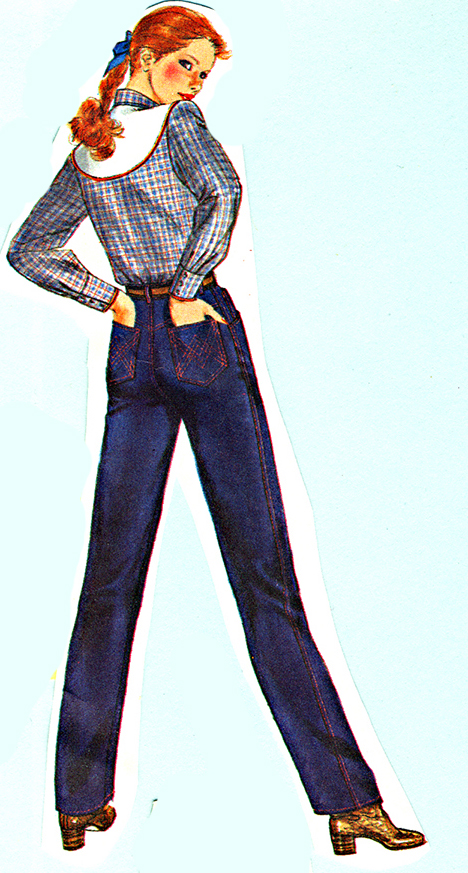Excerpt from Meth Town, My Upcoming Western
On the map it was Driftwoodville. Wastin’ away again in driftwoodville / searchin’ for my last crystal of meth the tweakers sang when they tweaked around a burn barrel at midnight or rode in grocery carts down the side streets in broad daylight.
It was all one big fat joke to them, American life that is. Bob Dylan said so in “All Along the Watchtower.”
Driftwoodville, population 2772, became Meth Town because of four reasons:
- Its junction of three state highways: 101, 38 and 42. Highway 101 north up the coast, 38 northeast into the woods, and 42 southeast into the fields. The junction was like a big fat corroded heart pumping meth into Oregon’s poorest, dumbest and most forlorn areas. Poor, dumb, forlorn (toss in boring, too)—prime meth country.
- The Pacific Northwest rural economy had gone to shit. Logging and fishing had vanished decades ago and the old timers still blamed the tree huggers and pussy liberals. Driftwoodville was typical of these towns. There were no longer any grocery stores, only a Dollar Whore or a Dollar Whatever, and they provided most of the stable employment—at minimum wage of course. The rest cleaned motel rooms or made corndogs in gas stations. There were a couple trinket shops for the tourists selling shells from Indonesia and a chainsaw art gallery with bears, unicorns and various depictions of President Trump (all with small peckers). There were always some reactionary retirees, dive bars and sparkling pot shops. How the underclass survived was a mystery: maybe some disability money, food cards, food banks, collecting cans and bottles, petty theft, video lottery. Who the fuck really knew? They didn’t even know. They just poked in and out of the margins, the willows, the weeds, and somehow managed to own smartphones.
- Driftwoodville was not an official city. It was located in an unincorporated area of the county and had no police force of its own. It also had no town council or leadership of any kind. A hick sheriff’s deputy patrolled through every now and then, but the town was largely without any uniformed law enforcement. No one wanted to pay taxes to pay for it. Or they wanted someone else to pay for it, like the rich people in the slick cities they despised. Driftwoodville was just one of several small towns in Boardman County, easily the dumbest county in Oregon, with the dumbest county commissioners, men and women who believed in the Resurrection, Bigfoot and that cougars caused the inevitable forest fires that would one summer burn Meth Town to ashes. The schools sucked, the hospital was understaffed and falling apart, and the asbestos and mold-riddled jail was overcrowded with mostly meth people violating probation (for using meth).
- For many residents of Driftwoodville, there was absolutely nothing to do except smoke and shoot meth if you wanted to feel something. After the crank caught fire, the meth miscreants would invariably do something compulsive—most of it was mayhem, some of it was art. Things occasionally got crazy out of hand in Driftwoodville (that’s why the Sheriff called it Meth Town), you know, the garden variety knifings, beatings, screaming at power poles, handstands on the sidewalks, stealing a baby crib off a porch (the baby wasn’t in it), but the one image that truly captured everything fucked up about Meth Town was that of the shirtless, tattooed and pierced man of indeterminate age skateboarding with a chain from the skateboard safety-pinned to the skin of his chest. Oh yeah, he was always eating a corndog when riding, too. There ought to be a large oil painting of that scene hanging somewhere. The critics would have no idea what to make of it. Neither would America.

